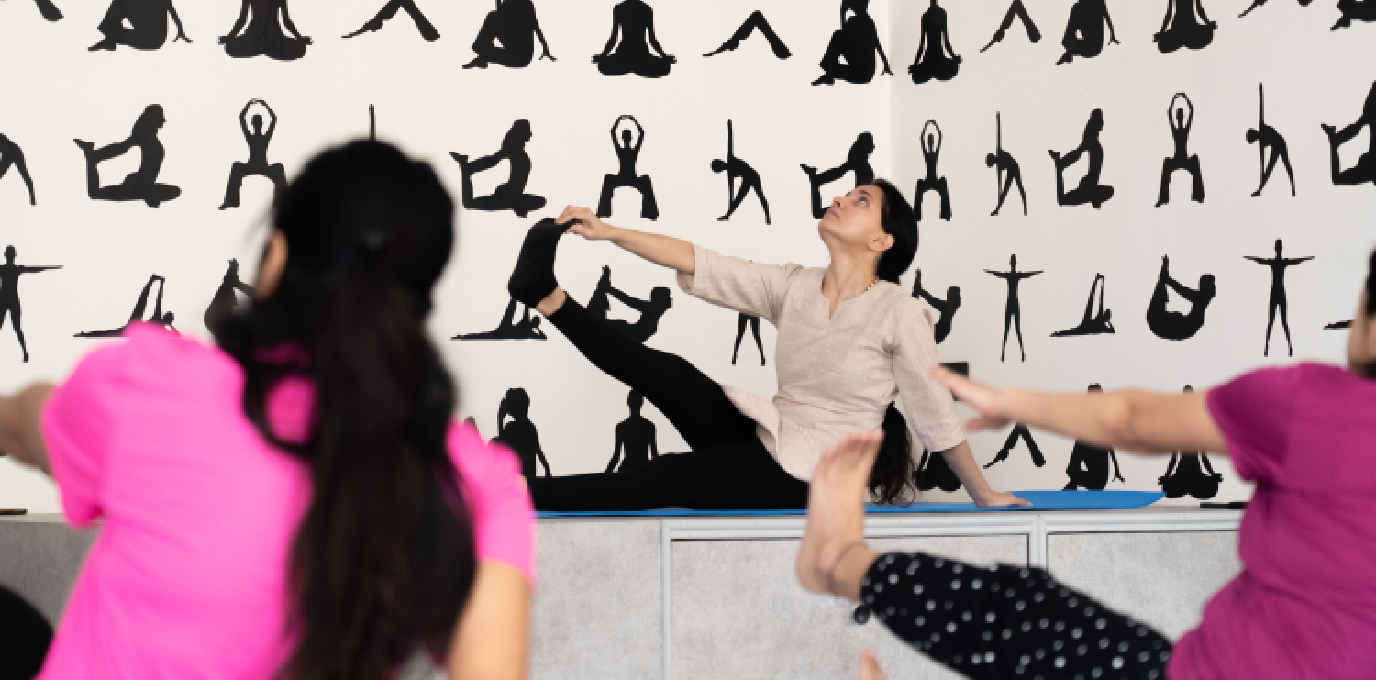
When discussing women’s health, we frequently begin with topics such as the reproductive system, menstruation, pregnancy, postpartum health problems, and so forth. However, the notion of “women’s health” goes much beyond menstruation.
All phases of a woman’s life, including the commencement of menstruation, the childbearing years, and menopause, depend on hormones. These hormones adjust to meet our bodies’ needs. Occasionally, though, individuals might lose their equilibrium and have uncomfortable or painful sensations.
The two female sex hormones, progesterone and estrogen, have the most effects on a woman’s health, affecting everything from menstruation to pregnancy to menopause and beyond. However, your body also produces and uses a wide range of other hormones that impact other areas of your health, such as your mood, weight, energy level, and more. As a result, these hormones are consistently produced and distributed throughout the body. Stress can lead to hormonal imbalance as well. Several scientific research conducted over the years have demonstrated the beneficial effects of yoga in reducing stress. The benefits of your asana (physical) practice will also increase if you use pranayama and meditation practices. It is crucial to practice asanas with mindfulness and to focus solely on the endocrine system.
Step 1: Lie down on your stomach on the yoga mat with your feet together, palms directly under the shoulders, your elbows straight back and hug them into your sides.
Step 2: Inhale to lift your chest off the floor. Roll your shoulders back and lift up only till the navel. Make sure your elbows continue hugging your sides. Don’t let them wing out to either side. Draw the shoulders away from the ears.
Step 3: Keep your neck neutral; don’t crank it up. Your gaze should stay on the floor.
Breathe in and out in this pose for five long breaths, and then come back to the starting position.
Bhujangasana strengthens the muscles of the back and abdomen and stimulates the thyroid gland. That helps in regulating hormones in the woman’s body
Step 1: Start with lying down on your back. Bend or fold your knees and keep your feet and hip distance apart on the mat, ensuring your knees and ankles are in a straight line.
Step 2: Place your hands by your side. Inhale and press your feet into the ground, gently lifting your hips. Slowly lift your lower back, middle back, and upper back off the mat.
Step 3: Now gently roll in the shoulders, touch the chest to the chin without bringing the chin down, supporting your weight with your shoulders, arms, and feet.
Stay there for five long breaths, and while exhaling gently release the pose, and get your hips back down.
This Asana strengthens the pelvic muscles. helps the body to release progesterone hormone- the much-needed hormone for child-bearing and healthy pregnancy.
Step 1: Bring your feet about mat-width apart and slightly turn out your toes.
Step 2: Bend the knees and lower your hips toward the floor to come into a squat. If your heels lift from the floor, place a rolled blanket or towel underneath them.
Step 3: Take your upper arms inside your knees, bend the elbows to press against your thighs, and join the palms together.
Step 4: Keep your spine straight, your hips moving toward the floor, and your shoulders relaxed away from your ears.
Stay in Malasana for 10 long breaths. The deep squatting function improves blood circulation in the pelvic region. Enhanced circulation helps in regulating hormonal function.
Step 1: Start by sitting on your heels in the hero pose or vajrasana. Extend your arms back and hold onto the soles of your feet.
Step 2: Tuck your chin inward toward your chest, as you round your body forward, hinging your body at your hips. At this point, your head should drop toward the floor, as your forehead touches your knees.
Step 3: Lift your hips upward slightly, as the crown of your head rests on the floor without any pressure. Rest comfortably for five deep breaths. You can then slowly return to your normal position. Repeat three times.
Practicing Shashankasana promotes mindfulness and a sense of introspection. This mental clarity and relaxation can have positive effects on hormonal balance by reducing the impact of stress and promoting a sense of well-being.
The mindful and gentle practice of Yogasana is too effective in keeping your hormones functioning properly and promoting overall well-being for women.
©2024 Yoga De Temple. All Right Reserved